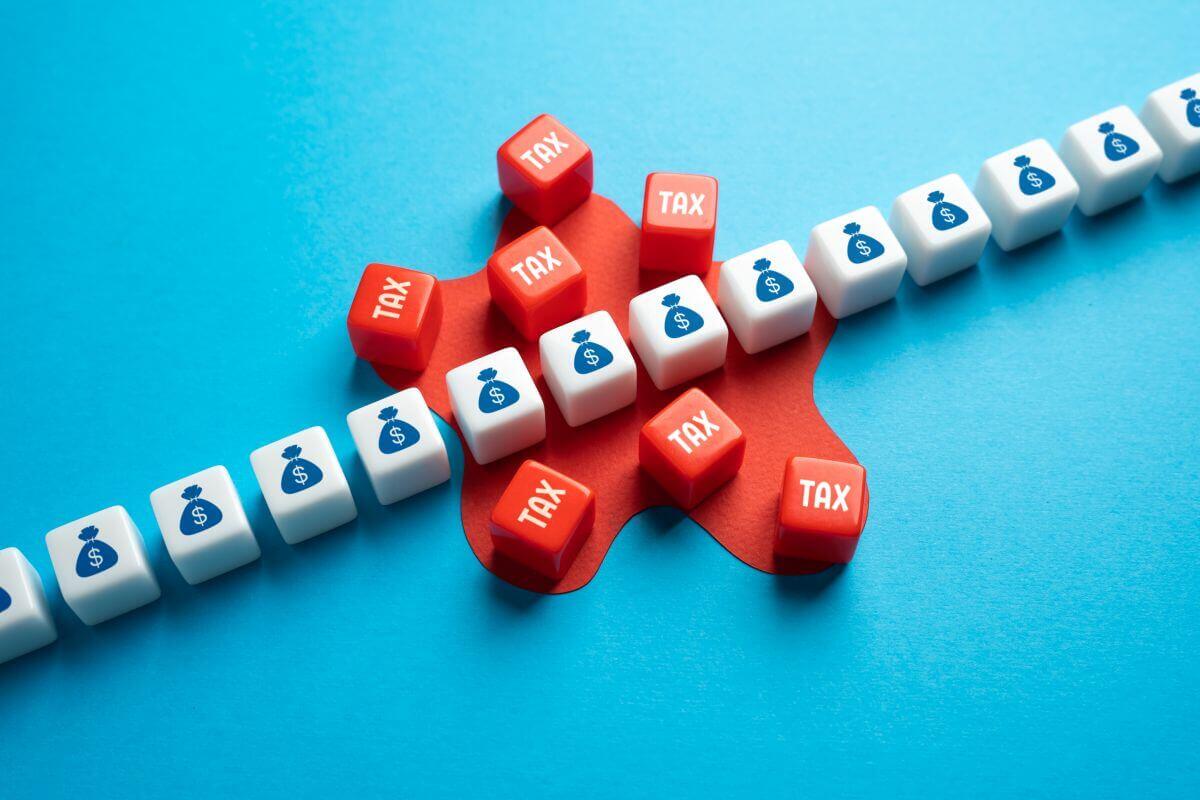Businesses with a financial year ended 31 December 2022 have to lodge their application for the Research and Development (R&D) Tax Incentive by 31 October 2023 with AusIndustry. This incentive can generate significant benefits for companies.
Navigating the intricacies of the R&D tax incentive might seem daunting, but with the right knowledge and strategy, you can confidently steer your business towards maximum returns. In this article, we'll explore key insights and actionable tips to help you make the most of the R&D tax incentive this tax time.
R&D Application Timing
If the financial year for your company ended 31 December 2022, you need to lodge your R&D application with AusIndustry by 31 October 2023 to be eligible to claim the R&D Tax Incentive on their 2023 tax return.
Before lodging your 2023 company tax return and the R&D schedule, consider these key points:
As you prepare to submit your 2023 company tax return along with the R&D schedule, it's important to keep these key considerations in mind:
- Assess your eligibility
Review your eligibility to ensure your activities qualify for the R&D tax incentives. - Follow the 2023 Schedule Instructions
Utilise the instructions provided for the 2023 schedule to accurately complete your submission. - Utilise the R&D Calculator
The R&D calculator can be a valuable tool in calculating your R&D tax incentive claim effectively. - Understand Offset Rates
Be aware that offset rates vary based on your company's aggregated turnover and R&D intensity. - Note Increased Expenditure Threshold
The R&D expenditure threshold increased to $150 million per year from income years starting on or after 1 July 2021. - Overseas R&D Activities
R&D activities conducted overseas must be covered by an Overseas Finding. - Be mindful of Anti-Avoidance Rules
There are general anti-avoidance rules in Part IVA to cancel the R&D tax offsets obtained in connection with a scheme. - Register R&D activities
Remember to register each of your R&D activities with AusIndustry via the R&D Tax Incentive customer portal before submitting your claim.
Navigating R&D Tax Incentive Rates Based on Aggregated Turnover
For companies with an aggregated turnover of $20 million or more, or those controlled by income tax-exempt entities, their R&D rates are their company tax rate plus:
- 8.5% for R&D expenditure up to 2% R&D intensity
- 16.5% for R&D expenditure above 2% R&D intensity.
Alternatively, if your company's aggregated turnover falls below $20 million, the refundable R&D tax offset rate becomes your company's tax rate plus 18.5%.
Empowering your R&D Journey: Partner with Azure Group for Expert Assistance
Having supported numerous startups and SMEs in securing Government Grants, our team stands as advocates for the technology and emerging growth realm. Our accomplishments in acquiring the R&D Tax Incentive (RDTI) for clients reflect our dedication. Beyond RDTI, we maintain a renowned status as tech sector specialists, collaborating with pioneering clients across diverse domains. Should you require help with your R&D claim, don't hesitate to reach out to Azure Group's R&D team.
Have you noticed our #FridayExpertTips... here's one that relates to R&D Tax Incentive
“The costs of innovation can be offset by the R&D Tax Incentive. It doesn’t matter if you’re in a lab, on a factory floor, or behind a computer – innovation is innovation! Talk to our team!"
This article is intended to provide general information only, and is not to be regarded as legal or financial advice. The content is based on current facts, circumstances, and assumptions, and its accuracy may be affected by changes in laws, regulations, or market conditions. Accordingly, neither Azure Group Pty Ltd nor any member or employee of Azure Group or associated entities, undertakes responsibility arising in any way whatsoever to any persons in respect of this alert or any error or omissions herein, arising through negligence or otherwise howsoever caused. Readers are advised to consult with qualified professionals for advice specific to their situation before taking any action.









Comment